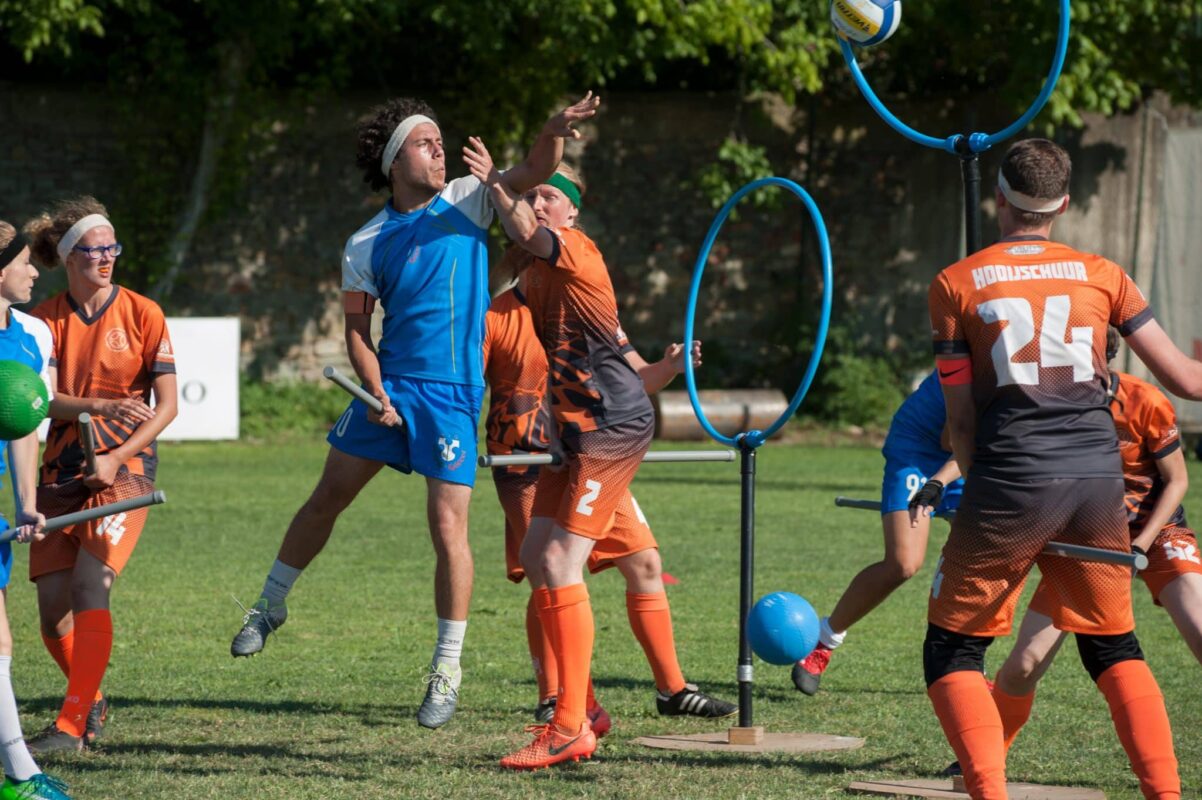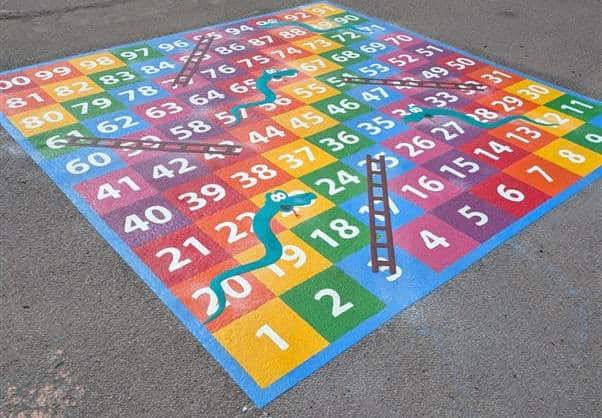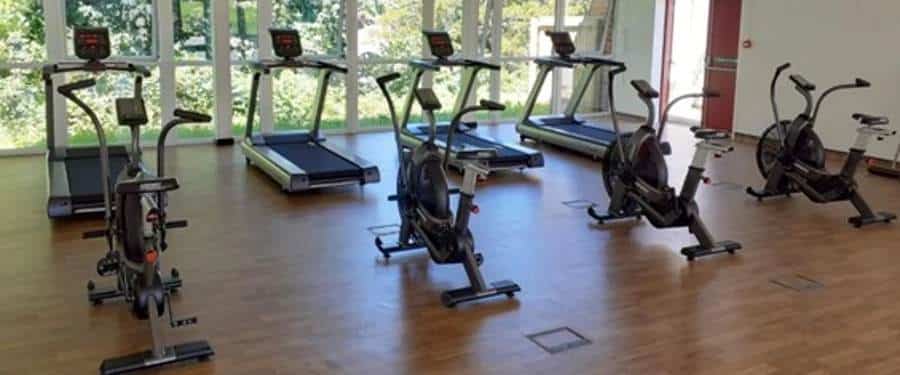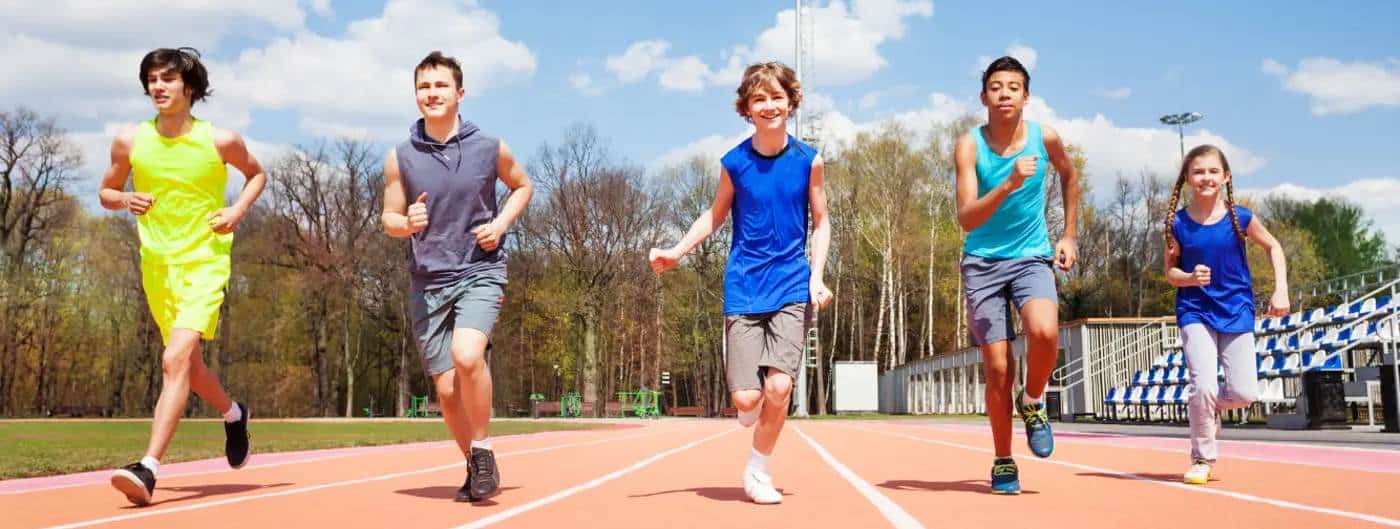It’s darker, colder and rainier, and the outdoor sports option is not going to go down well. But…everyone is going a bit stir crazy in the classroom and the PE or sports lesson is more important than ever.
Time to put on a new winter thinking hat and come up with the best activities for all key stages to enjoy sport in the winter. No damp squibs in your sports hall!
But it’s not all just about bouncing around and trying to wear them out. Indoor winter sports are the ideal opportunity to work the mind as much as the body. Playing a game that requires strategic thinking has been proven to be just as tiring as running several laps on the track.
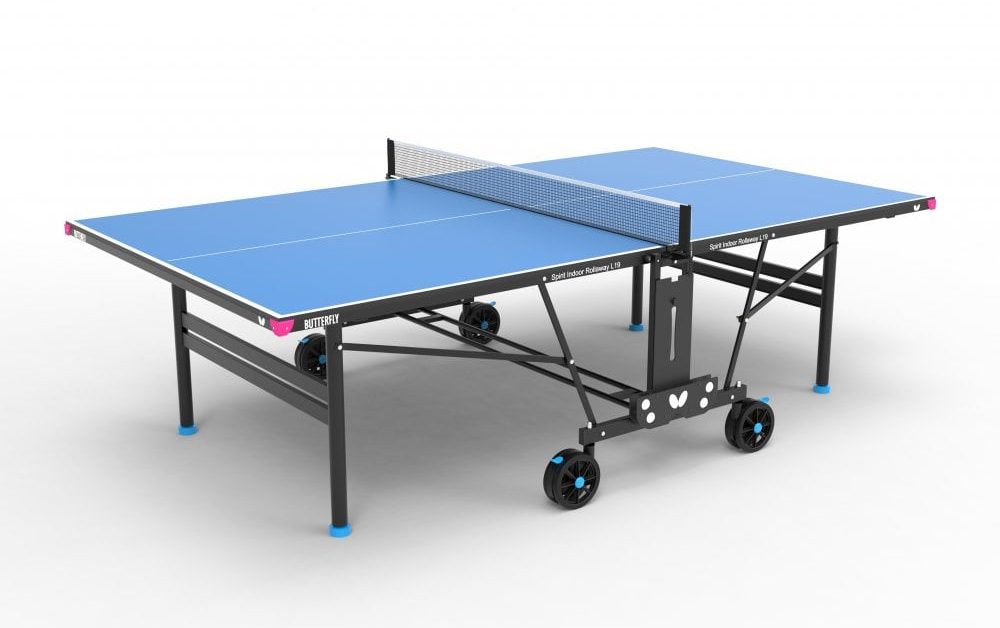
Your brain, in general, accounts for about 20 per cent of your total energy requirements.
A fascinating brain imaging study from Japan found that just 10 minutes of table tennis increases activity in the prefrontal cortex and cerebellum. It’s like aerobic chess.
Teachers and coaches can play this phenomenon to huge advantage for all. As always, the physical aspect of the sports lesson is vital for coordination, fitness, inclusion, teamwork, and sheer enjoyment. Add in an extra dose of theory, strategy, tactics, planning, discipline, focus and concentration, and you have fitter, well-exercised students in mind and body who are also more ready to settle down to their academic, class-based studies.
The most powerful brain boosters are activities that combine both aerobic activity and coordination. The aerobic activity spawns new brain cells, and the coordination exercises strengthen the connections between those new cells so your brain can recruit them for other purposes, such as thinking, learning, and remembering… Dancing is highly aerobic and is especially good for your brain if you are learning new steps rather than just grooving to the music.
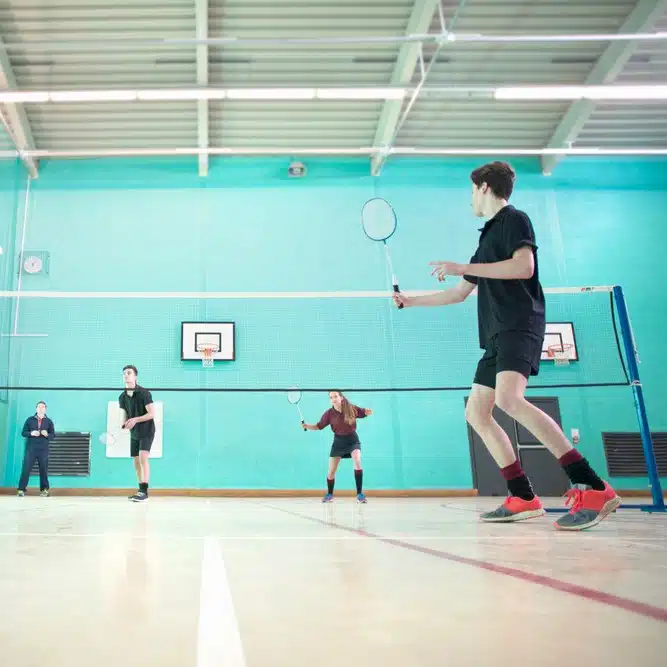
What is more, the winter weather restrictions can be particularly tough on those with ADHD who struggle with the extra indoor or classroom confinement. Adapting sport to benefit these students more can be a win-win for everyone, especially in winter.
Time to find those activities which lend themselves well to indoor spaces and incorporate very specific thinking, strategic and learning skills to promote a mental, as well as physical, workout. For example, how about martial arts, gymnastics, rock climbing, dance, yoga, archery, unicycle hockey or (an old favourite) badminton?
- Martial arts like taekwondo and karate are ideal for children challenged with symptoms of ADHD such as inattention and impulsivity. In martial arts, kids are taught self-control, self-discipline and concentration. Each routine is practised with close attention to detail.
- Aside from the physical benefits, like improved strength and agility, learning a martial art can also boost your confidence, improve focus and stillness, and teach important morals and values. Many martial arts have a strong focus on mental wellbeing and are deeply linked to eastern culture and history, and there’s lots of emphasis on mutual respect.
- Climbing strengthens your hands, arms, shoulders, neck, back, abs, glutes, thighs, and calves – plus, it improves flexibility, reduces stress, and tests your problem-solving abilities and endurance.
- Gymnastic routines require close attention and retention of body movements, helping children with ADHD improve focus.
- Rock climbing indoors provides a full-body workout that challenges endurance, strength, agility, and balance. Scaling climbing walls not only improves physical fitness but also sharpens mental acuity through problem-solving and strategic thinking. Conquering a climbing route offers a sense of achievement and boosts confidence levels.
- The benefits of yoga are extremely powerful. It’s especially good for increasing strength and flexibility, but it’s also considered one of the most beneficial activities for the brain. Yoga is proven to reduce stress and anxiety, improve sleep, boost focus, and increase energy.
- The sport of archery requires precision, control, focus, physical ability and determination. Top athletes train daily, and for hours at a time, but even recreational archery can carry huge benefits to your health. Whether practised indoors or out, competitively or socially – and despite often being perceived as stationary – archery gets you active, burning calories and in a better state of mind… Archers learn to maintain focus on their shot routine, avoiding distractions like wind, distance, noise and their competitors to deliver the perfect arrow. That control is beneficial for other areas of life, too.
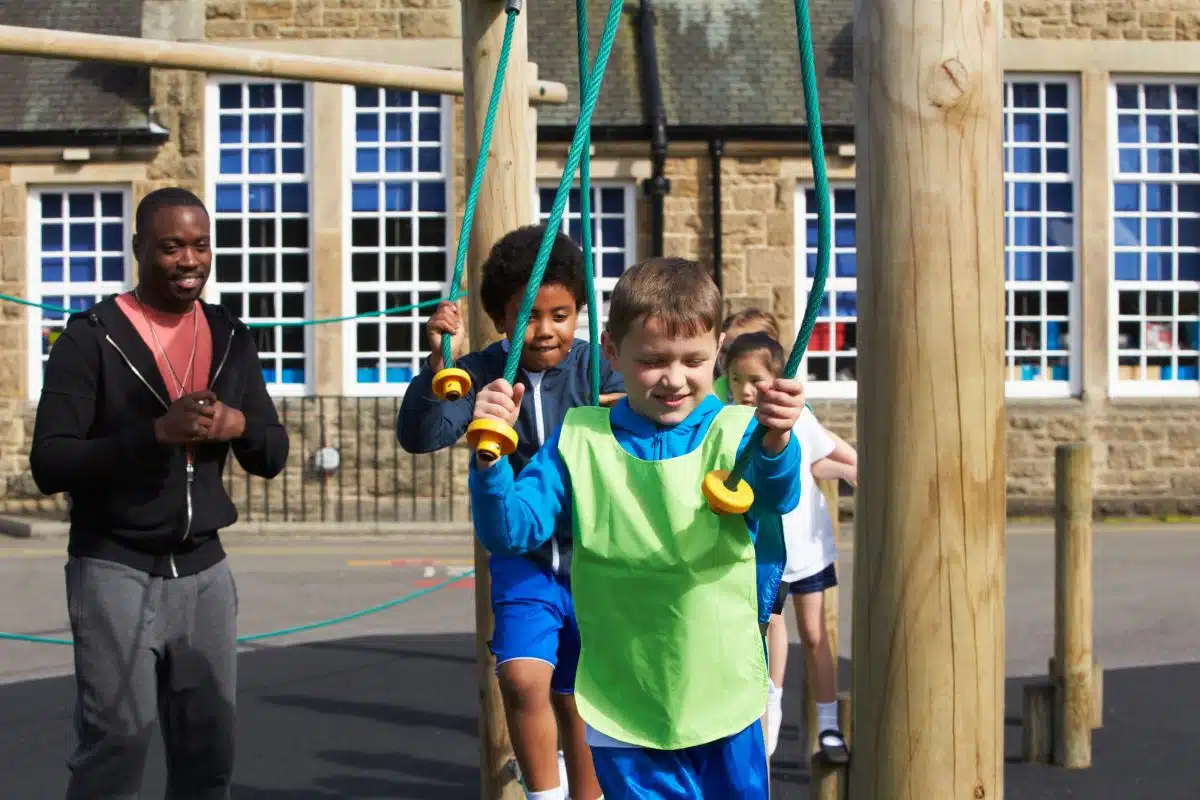
For younger children, and circumstances with fewer resources available, involving pupils in designing and planning their own activities can add enjoyment, motivation and a useful mental workout to a PE lesson. Instructions, board games, playing cards and challenges can all be fun to discuss and design as well as to play and do.
Overall, winter is not the time to skip the sport. This is the season to be strategic. Turn the weather restrictions to advantage and get the brain working in tandem with the body!
When balanced in body and mind we can feel at peace, connected with ourselves and others.


